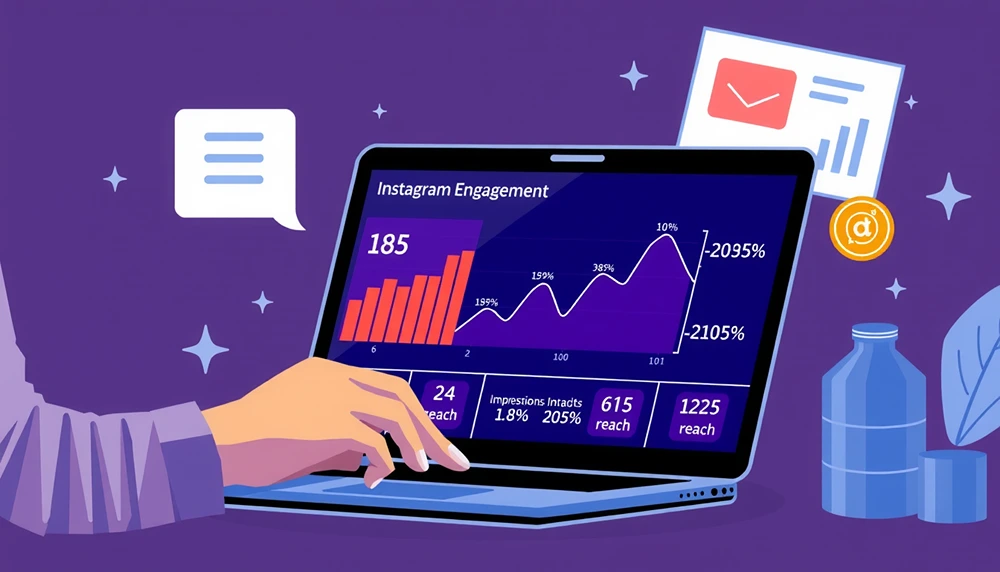
Advertising is all about connection. To create campaigns that truly resonate, understanding emotional triggers is essential. Emotions drive decisions, and ads that tap into the right feelings see higher engagement. In this blog, we will explore emotional triggers that boost ad engagement and how they can transform your campaigns.
Why Emotions Matter in Advertising
Human beings are emotional creatures. Every decision, big or small, is influenced by feelings. When ads trigger emotions, they become memorable. This connection leads to higher brand recall and increased conversions. A well-crafted ad that stirs emotions can outperform a logical one. Emotions build trust, loyalty, and long-term relationships with customers.
The Science Behind Emotional Advertising
Studies have shown that emotional ads are 31% more effective than neutral ones. This is because emotions activate the brain’s decision-making areas. When people feel something, they are more likely to take action. Ads that evoke emotions like joy, trust, or even fear tend to perform better. By understanding emotional triggers, marketers can craft messages that resonate deeply.
Key Emotional Triggers That Boost Ad Engagement
Let’s dive into the most impactful emotional triggers. These triggers, when used correctly, can significantly enhance ad engagement.
1. Happiness
Happiness is contagious. Ads that make people smile or laugh are highly shareable. They create a positive association with the brand. For example, Coca-Cola’s “Share a Coke” campaign used personalization and happiness to connect with audiences worldwide.
To use happiness as an emotional trigger:
- Use bright colors and cheerful imagery.
- Tell uplifting stories in your ads.
- Incorporate humor to entertain your audience.
By using happiness effectively, you can create emotional triggers that boost ad engagement and spread joy.
2. Fear
Fear is a powerful motivator. It prompts people to take action to avoid negative outcomes. Many insurance and health campaigns use fear to highlight risks. However, fear must be balanced with a solution to avoid overwhelming viewers.
How to use fear in ads:
- Highlight potential risks or challenges.
- Provide a clear solution to ease the fear.
- Use statistics or testimonials to add credibility.
When executed correctly, fear-based emotional triggers can increase ad engagement and drive conversions.
3. Surprise
Surprise grabs attention instantly. People are drawn to the unexpected. When ads include an element of surprise, they become memorable and stand out. For example, plot twists in commercials often leave a lasting impression.
Tips for using surprise:
- Add an unexpected twist to your story.
- Use unusual visuals or storytelling techniques.
- Deliver a message that challenges assumptions.
Surprise is one of the emotional triggers that boost ad engagement by keeping audiences intrigued.
4. Nostalgia
Nostalgia connects people to their fondest memories. Ads that evoke nostalgia remind viewers of happier times. This emotional trigger builds trust and a sense of belonging. Brands often use nostalgic themes to reconnect with older audiences.
To evoke nostalgia:
- Reference iconic events, music, or trends.
- Use retro designs or themes in your ads.
- Tell stories that highlight cherished memories.
Nostalgia is a timeless emotional trigger that can enhance ad engagement and strengthen customer bonds.
5. Curiosity
Curiosity drives exploration. When ads spark curiosity, they encourage viewers to learn more. This emotional trigger works well in teaser campaigns or ads with open-ended messages.
How to spark curiosity:
- Use intriguing headlines or visuals.
- Pose questions that demand answers.
- Reveal information gradually to maintain interest.
Curiosity is a subtle yet effective emotional trigger that boosts ad engagement by keeping audiences hooked.
6. Trust
Trust is the foundation of any relationship, including brand relationships. Ads that build trust lead to loyal customers. Transparency, authenticity, and reliability are key to fostering trust.
Ways to build trust in ads:
- Use genuine customer testimonials.
- Highlight awards, certifications, or achievements.
- Be honest about your product’s benefits and limitations.
Building trust through emotional triggers not only boosts ad engagement but also enhances brand reputation.
7. Empathy
Empathy connects brands to their audiences on a personal level. Ads that show understanding of customers’ struggles create a bond. Empathy-driven campaigns make people feel valued.
How to use empathy:
- Address real-world problems your audience faces.
- Share stories of people overcoming challenges.
- Use inclusive language and imagery.
Empathy is a key emotional trigger that makes ads relatable and increases engagement.
8. Hope
Hope inspires action. Ads that convey optimism and a better future encourage audiences to take steps toward change. Charity campaigns often use hope to inspire donations.
How to inspire hope in ads:
- Share success stories or positive outcomes.
- Focus on solutions rather than problems.
- Use motivational language and visuals.
Hope is an uplifting emotional trigger that encourages engagement and drives action.
9. Belonging
People crave connection and community. Ads that foster a sense of belonging make viewers feel part of something bigger. This emotional trigger is often used by lifestyle and social brands.
To evoke belonging:
- Highlight shared values or goals.
- Create campaigns that encourage user participation.
- Showcase diverse communities in your ads.
Belonging is one of the most effective emotional triggers that boost ad engagement and loyalty.
10. Sadness
While sadness may seem counterintuitive, it can be a powerful emotional trigger. Sad ads often tell compelling stories that evoke empathy. When balanced with hope, sadness can inspire action.
How to use sadness effectively:
- Share heartfelt stories or struggles.
- Highlight social issues that need attention.
- End on a hopeful note to drive engagement.
Sadness, when used thoughtfully, can create emotional depth and boost ad engagement.
Best Practices for Using Emotional Triggers in Ads
Now that we’ve covered the key triggers, let’s discuss how to use them effectively.
1. Understand Your Audience
Different audiences respond to different emotions. Research your target audience to understand their preferences and values. By aligning your message with their emotions, you can create ads that resonate.
2. Use Authentic Stories
Authenticity is crucial. People can spot insincerity instantly. Use real stories, testimonials, or experiences to connect emotionally. Authentic ads build trust and long-lasting relationships.
3. Balance Emotions with Logic
While emotions drive decisions, logic justifies them. Pair emotional triggers with factual information to create a balanced message. This ensures your ads are persuasive and credible.
4. Keep It Simple
Overcomplicating ads can dilute the emotional impact. Focus on one or two key emotions to deliver a clear and powerful message. Simplicity enhances emotional triggers that boost ad engagement.
5. Test and Optimize
Not all emotional triggers will work for every audience. Test different approaches to see what resonates best. Use analytics to measure engagement and refine your campaigns.
Examples of Emotional Triggers in Successful Campaigns
- Nike’s “Just Do It” Campaign: Inspires hope and motivation.
- Dove’s “Real Beauty” Campaign: Builds trust and empathy.
- Old Spice’s “The Man Your Man Could Smell Like”: Uses humor and surprise.
Conclusion
Emotional triggers are the secret to impactful advertising. By tapping into happiness, trust, fear, and other emotions, marketers can create campaigns that resonate deeply. Remember, the goal is to connect with your audience on a personal level. When done right, emotional triggers that boost ad engagement can transform your marketing efforts and drive incredible results.
Read our Blog
Building a Strong Brand Through Social Media
